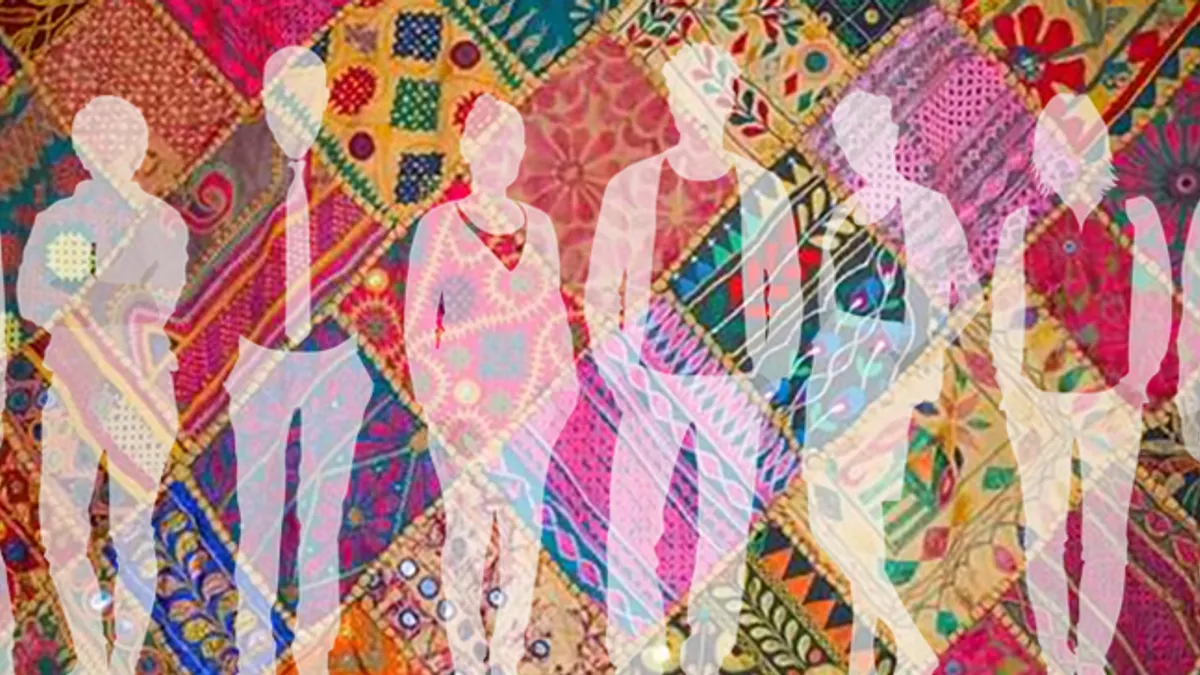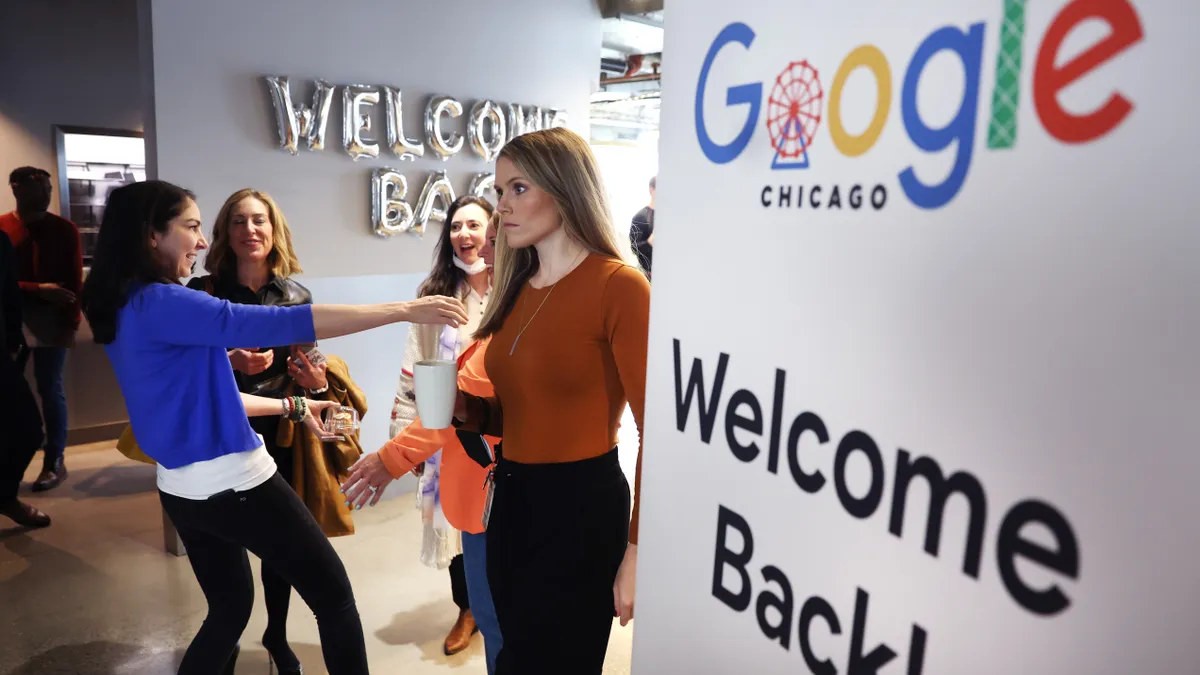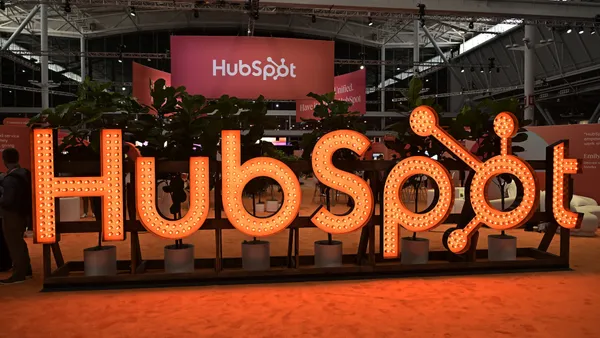Of all the challenges an HR department runs into, diversity tops the list as one of the most discussed and most well-researched…and one of the most misunderstood and anxiety-provoking.
Let's start with a simple definition: Workplace diversity is the inclusion of different people in the workplace, and all that entails (diversity on teams, in leadership, voices making decisions, etc.)
What kinds of people need to be considered when organizations are thinking about diversity?
- Generations (Boomer, Gen X, Millennial, Gen Z)
- Backgrounds and cultures of origin
- Sexual orientations (LGBTQ+)
- Personality types (such as DISC types, or introvert/extrovert/ambivert)
- Socio-economic backgrounds
- Styles of learning (visual learners, auditory learners, etc.)
Where to begin?
Bringing all these diverse people together, attracting diverse candidates, managing them, and empowering them in a truly inclusive environment is a challenge.
HR professionals understand that promoting workplace diversity is a good thing, but many have questions about the most effective ways to bring inclusion to their organizations in a deeper, more meaningful way. Some organizations never think of diversity beyond the hiring process. Others are interested in topics like leading diverse teams and starting a conversation about anti-racism in the workplace, but they are not sure where to begin.
Work towards a diverse workplace with mutual respect
While diversity feeds innovation and creative problem solving, it can also create differences and misunderstandings among employees. Getting teams to be their best requires fostering mutual respect and understanding. For example:
- People with different communication styles will, naturally, communicate priorities differently, which can cause a mismatch in setting goals and managing workflows. Find ways to standardize how priorities are communicated.
- People from different ethnic or socio-economic backgrounds might have different assumptions when it comes to workplace policies and expectations. Make sure policies and expectations are stated explicitly and make this part of your onboarding process.
- Employees might come with preconceived notions about various ethnicities, genders, or sexual orientations. While you want everyone to be heard and respected, you also might need to change their minds so that they can work better with their co-workers. Train employees about workplace respect, cultural considerations, and unconscious bias
Get perspectives from your employees
Your existing employees are a wealth of information when it comes to inclusion. Perhaps some have felt uncomfortable as a minority, or uncomfortable with a minority. Perhaps there has been friction in your organization that has not been brought to the attention of leadership. Perhaps you already have allies in your organization sympathetic to the idea of a more diverse workplace, but who weren't sure how to proceed.
Start conversations with your employees first and be sure that the goal of these conversations is to listen. Anonymous surveys can point you toward where you need to start.
Start building a shared language
Even today, conversations about diversity can make people nervous. Not only are they being asked to understand and include people they might not know well (or even have some bias against), but they may be put off by perceived "political correctness," or preconceived ideas about what diversity entails.
Go slow, define key terms, and start building a new way of talking about these issues. Finding a shared language helps cut through those preconceived notions and equips employees to engage each other thoughtfully and respectfully.
A good place to start in building this shared language is with your company's own core values. Do you include things like "Respect for the individual," and "Honest communication?"
Help train leaders who can lead diverse teams
Do your leaders understand and foster workplace empathy? Do they understand how biases work, and are they expected to gain awareness of their own bias? Do they take the time to understand the diversity on their teams? Are they taking training on topics such as active listening, non-verbal social cues, and conflict management?
Work to increase employees' "Diversity IQ"
Inclusive behaviors don't come naturally to everyone. In fact, it is rare that an individual will display all of them without being taught. Therefore, all employees should be taught about these behaviors and asked to practice them regularly.
This can be done through the right kinds of employee training. Talk about a person's "Diversity IQ" as a way of recognizing that different people are in different places when it comes to navigating workplace diversity.
Want to learn more? Download the whitepaper, "Preparing Organizations for the New Age of Diversity" to help your organization begin to think of diversity in a new way.










